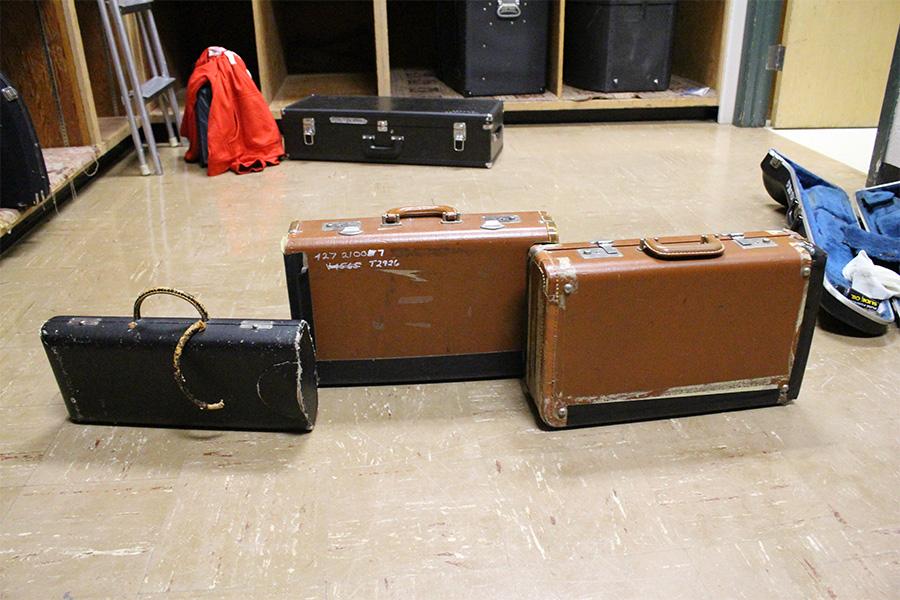Music Education Funding
November 4, 2016
Wisconsin, typically thought of as a state with one of the best public school systems, was hit with a $900 million dollar cut five years ago. This extremely public piece of legislation caused thousands of people to storm the capitol in protest. But how has this affected our music program–a program that is extremely prone to having its budget cut? The band teacher at South, Mr. Wade Heinen said,
“In the past 5 years, we’ve had a substantial reduction in funds for large expenditures. In the past, we’ve had the money in the music department to buy a new instrument every year, but now we can’t do that.”
Although the funding of the music program has been in decline over the years, that could change. In 2015, President Barack Obama signed the Every Student Succeeds Acts (ESSA) that will mostly come into action in the 2017-18 school year. This act creates a lot of changes how school districts get their funding. Importantly, it removes the use of “common core” subjects and replaces it with their “well-rounded education” program that includes music in it, giving music classes the chance to get funding from places where it couldn’t before (“Every Student Succeeds Act”).
Although it may seem great, ESSA gives more responsibility to the state to decide where its money goes, and Wisconsin is 47th in the nation for promoting the arts in their state. Heinen stated,
“There is a huge gap in the funding from the local community and from the state.” The local community and district has been very kind to the music program, specifically the Sheboygan Booster Club and the Sheboygan Public Education Foundation. Also the district was given a $100,000 grant last year for repairing instruments and getting new ones.

Sophomore Samuel Kaffine said,
“It is fun to have a class where you don’t have to be sitting in a desk writing and you can let loose.” Music classes may be fun, but they also have benefits according to a study published in 2007 by Christopher Johnson, professor of music education and music therapy at the University of Kansas. The study revealed that students in elementary schools with superior music education programs scored around 22% higher in English scores and 20% higher in math scores on standardized tests compared to schools with low-quality music programs, regardless of socioeconomic differences among the schools or school districts (Brown).
But Senior Mitchel Larsen said,
“The lack of funding in the music program prohibits us from fine tuning our instrument’s which takes away from the sound of the music.”
Freshman Johnny Montanez agreed and added,
“If there is more funding maybe more people would join the band.”
Junior Jacob Bonin stated,
“I get to do something that others can’t do and it connects me with students who enjoy playing music as much as I do.”
The South High music program has had a hard time trying to get the money they need, but that could possible change. Hopefully it does, so access to affordable arts can help students have a true “well-rounded education.”
“Every Student Succeeds Act (ESSA).” Department of Education. N.p., 10 Dec. 2015. Web. 3 Nov. 2016.
Brown, Laura L. “The Benefits of Music.” PBS. N.p., 2012. Web. 4 Nov. 2016.
